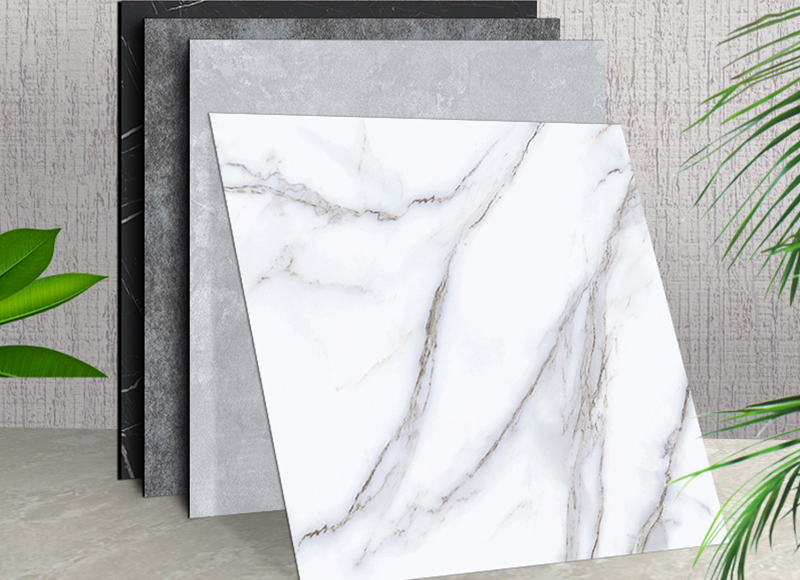Welcome to visit Shanghai Youngbo New Material Technology Co., LTD
Welcome to visit Shanghai Youngbo New Material Technology Co., LTD
The installation of flooring is an important part of home decoration, which not only affects the aesthetics of the home, but also directly affects the future user experience and the lifespan of the flooring. This article will provide a detailed introduction to the steps and precautions for installing flooring, to help you better complete the installation work.

1、 Floor installation steps
1. Preparation: Before installing the flooring, it is necessary to ensure that the construction area is dry and clean, measure the room size, and calculate the required number of flooring. At the same time, check whether the flooring material is damaged or defective, and replace it promptly if there are any problems.
2. Laying moisture-proof layer: Before laying the floor, a moisture-proof layer should be laid to prevent the floor from being affected by moisture and deformation. The moisture-proof layer is generally made of plastic film or specialized moisture-proof pad, and should be laid flat and free of bubbles.
3. Laying the floor: According to the installation method of the floor (such as keel installation, suspended installation, etc.), lay it according to the texture direction of the floor. During the laying process, attention should be paid to ensuring even gaps between the floors to avoid situations where they are too large or too small. At the same time, use specialized floor glue or nails to fix the floor, ensuring that the floor is firm and stable.
4. Install skirting board: After the floor is laid, skirting board should be installed. Skirting board not only serves a decorative purpose, but also protects the wall from collisions. When installing the skirting board, it should be ensured that it is tightly attached to the wall and floor without obvious gaps.
5. Inspection and acceptance: After the floor installation is completed, a comprehensive inspection and acceptance should be carried out. Check the surface of the floor for scratches, damage, and other issues, and also inspect the gaps between the floors for uniformity and firmness. If there are any problems, they should be dealt with in a timely manner.
2、 Precautions for floor installation
1. Choose appropriate flooring materials: When selecting flooring materials, comprehensive consideration should be given to factors such as home decoration style, usage needs, and budget. Different materials of flooring have different characteristics and applicable ranges, so it is crucial to choose the flooring material that suits oneself.
2. Pay attention to the construction environment: Floor installation needs to be carried out in a dry and clean construction environment. Avoid construction in damp and heavily polluted environments to avoid affecting the installation quality and service life of the floor.
3. Follow installation specifications: When installing flooring, strict adherence to installation specifications should be followed. Lay according to the texture direction of the floor, ensuring that the gaps between the floors are uniform and firm. At the same time, use specialized tools for installation to avoid damaging the floor with inappropriate tools.
4. Pay attention to ground flatness: Ground flatness has a significant impact on the installation quality and service life of the floor. Before installing the floor, the ground should be leveled to ensure that it is flat and free from unevenness. If the ground flatness is poor, it should be repaired before construction.
Pay attention to moisture-proof treatment: The floor is prone to moisture deformation, so it is necessary to do a good job of moisture-proof treatment during installation. Laying a moisture-proof layer and maintaining a dry construction environment are effective moisture-proof measures.
5. Reserve expansion joints: Due to the influence of temperature and humidity on the expansion and contraction of the floor, a certain amount of expansion joints should be reserved when installing the floor. The size of expansion joints should be determined based on the floor material and installation environment to ensure the stability and safety of the floor during use.

In short, floor installation is a job that requires professional skills and experience. By following the installation steps and precautions, the installation quality and service life of the floor can be ensured. I hope the introduction in this article can be helpful to you.
Tel
Scan
